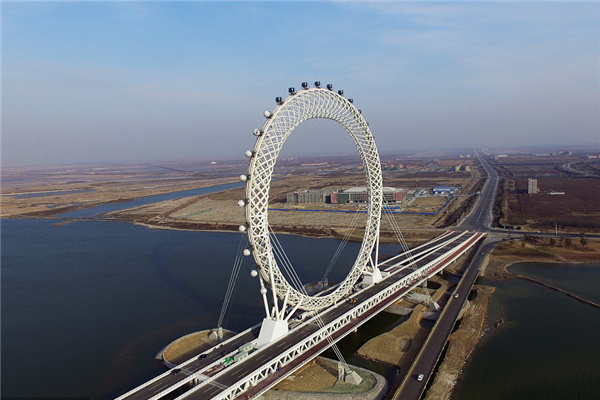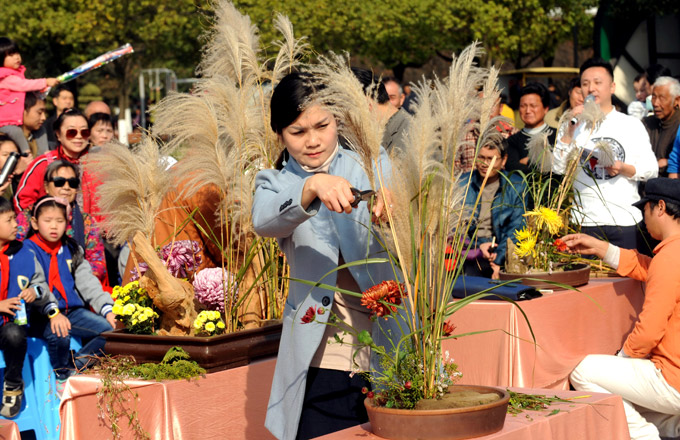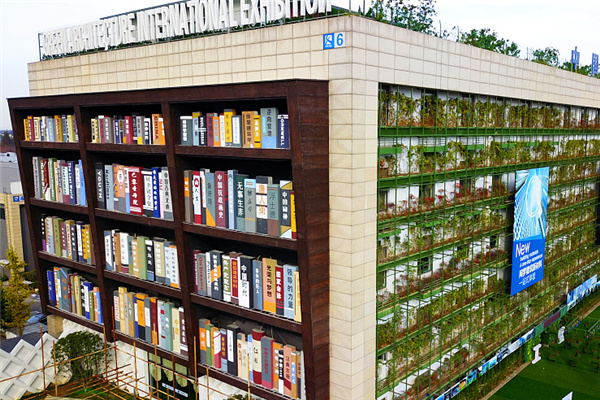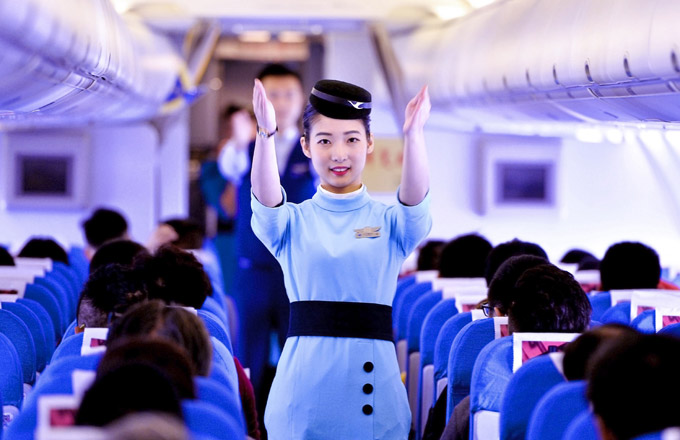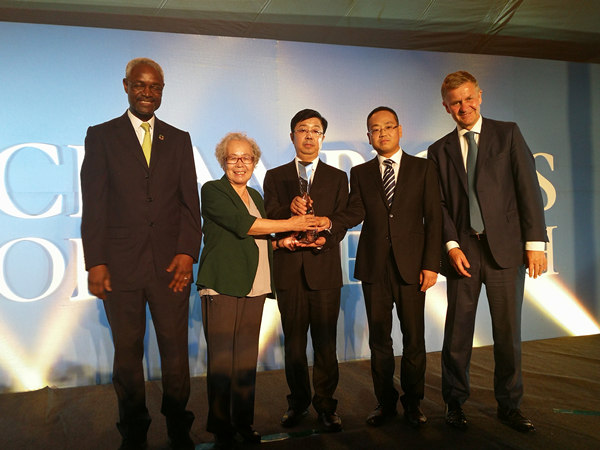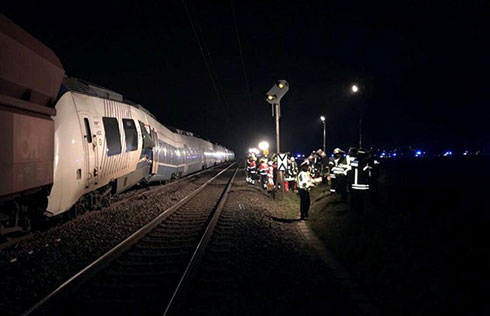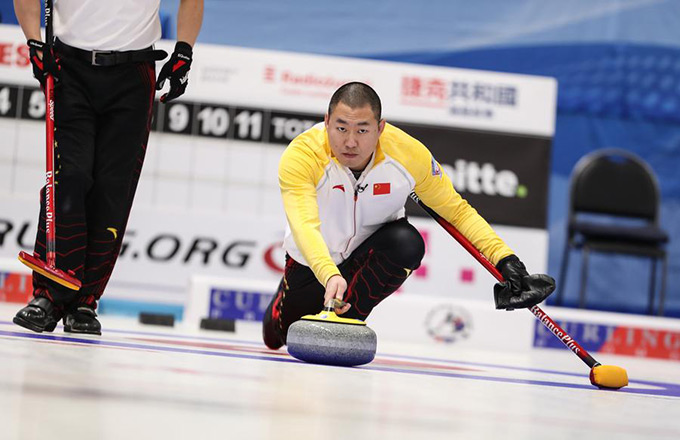

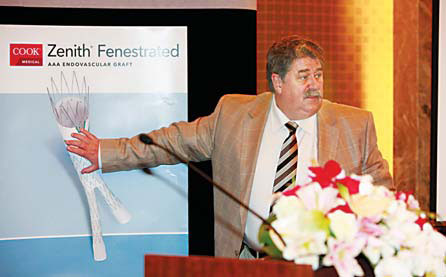
Amid the global economic turndown, public companies have to put the brakes on investment due to the strained capital flow. But privately owned Cook Medical is going against the wind to expand its investment globally, especially in China.
The Bloomington, Indiana-based medical device company has invested $10 million in China this year for a host of facility establishments and direct sales system building. Funds will be continued for the next few years and "all profits from China will remain in China", says Barry Thomas, vice-president and Asia Pacific director of Cook Medical.
Founded by Bill Cook in a small home in 1963 with $1,500, Cook Medical has grown and been profitable since. Family ownership allows it to not only commit to patient care first instead of shareholders, but to also adopt a flexible business strategy.
The world's largest private medical device provider in terms of sales says that, besides financial support for China, it pooled $4 million for a new office building in Japan, a top market for its products and services, $20 million to manufacturing facility expansion in Australia, as well as $500,000 for a business launch in Thailand.
Service center
The largest move for Cook Medical in China this year is establishing a regional Shared Service Center in Shanghai, including a distribution center and a customer service center linked by a computer system, with a total investment of 50 million yuan. It is scheduled to open in the first quarter of next year.
The Shanghai Shared Service Center is the third regional customer order fulfillment facility opened by the company, which has a $1.5-billion annual turnover worldwide.
The first center was opened in Cook Medical's headquarters in the United States in 2006 to serve North America, followed by Limerick, Ireland, and later that year for the United Kingdom, European Union and Middle East marketplaces.
The distribution center located in the Shanghai Waigaoqiao Free Trade Zone will eventually be expanded to 3,000 square meters. The first 1,500 square meter phase will be finished by early next year.
The 600 square meter customer service center will be in Shanghai's downtown area. It will process orders and manage Cook Medical customer enquiries from the Chinese mainland, Hong Kong, Taiwan, South Korea, Japan, Singapore, Malaysia, India, the Philippines, Thailand, Indonesia, Cambodia and Vietnam.
When fully operational in the first quarter of 2009, the Regional Shared Service Center will be linked to Cook's global logistics system.
Eventually, the complete range of Cook's products will be stored and distributed from the Shanghai facility including endovascular grafts, stents, radiology, endoscopy, critical care, urology, media and surgical products.
"The Shared Service Center concept is part of a global strategy that has been implemented very effectively in other regional markets, and we see the Shanghai facility as a critical component of our growth in China and for the rest of Asia," says Thomas, an Australian who worked previously with Johnson and Johnson.
According to Wang Qian, medical analyst of Changjiang Securities, the center will greatly cut Cook's delivery costs around the Asia Pacific region because Shanghai is central to many major markets in Asia and a logistics hub with well-established infrastructure. In addition, Waigaoqian, as a free trade zone, provides trade and transportation efficiency.
Sales network
Though Cook Medical's first China representative office was set up in Beijing in 1996, it was running a trade company in China until now, with distributors operating sales and services.
Now, the medical device producer is trying to launch a wholly-owned subsidiary in China, looking into creating a direct distribution model or start face-to-face connections with its customers, such as hospitals and clinics, and reviewing distributor arrangements.
"We would like to optimize the distribution structure and reduce the supply chain costs across the (Asia Pacific) region to better meet the demands of patients," says Thomas.
Cook was one of the first companies to help popularize interventional therapy, pioneering many of the devices now commonly used worldwide to perform minimally invasive medical procedures. Interventional therapy is popular for treatment of cardiovascular diseases.
It is the only custom manufactured intervention devices developer and producer in the world.
The company is currently setting up direct relations with governmental departments, research institutions and hospitals to further understand the local market.
"We have been doing communications work for 18 months, since the headquarters decided to set up a real China company here," says Michael KS Lim, general manager of Cook (China) Medical Trading Co Ltd.
Thomas acknowledges that it is really a challenge to Cook. "We have to learn much here," he stresses.
One of the key targets of the company is to promote its custom interventional devices in China. So far, the service is under government approval and expected to be available on the Chinese mainland early next year.
"The direct link with hospitals and doctors helps Cook to be realized by doctors, who may recommend this safe and mini-wound technology to patients," says Changjiang Securities' Zhu, adding that the Shared Service Center in Shanghai helps shorten the delivery time.
Promising market
Though Cook Medical is faced with powerful competitors, such as Johnson and Johnson, both in the international and the Chinese arena, Thomas says he welcomes the challenge.
He illustrates that different players have different advantages, and Cook's custom manufactured products are unique in the market to-date.
Statistics from the Ministry of Health show that China has become the world's third largest medical equipment market after the United States and Japan. Sales of medical devices amounted to 60 billion yuan last year, with the annual growth rate kept at 13 to 15 percent. And the nation is expected to exceed Japan to become the world's second market by 2010.
Cook Medical Asia Pacific's sales surged 33 percent to hit $159 million this year, while the Chinese mainland progressed faster to $6.2 million with year-on-year growth rate at 63 percent.
"For 2009, we are forecasting our top line sales across Asia to increase by 50 percent and we expect to see similar growth during 2010," says Thomas, adding that China sales will be somewhat lower than this year's level due to the new facilities being built and new business areas to be developed.
"However, we view China as our largest single market opportunity over the next five years and our plan is to be patient and grow our business by providing solutions specifically for this market," he adds.
(China Daily 12/22/2008 page6)


